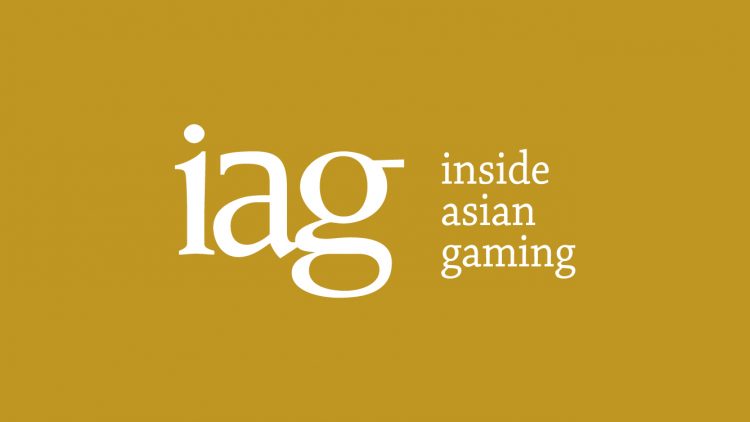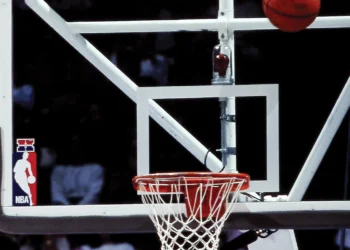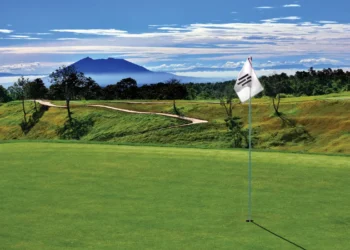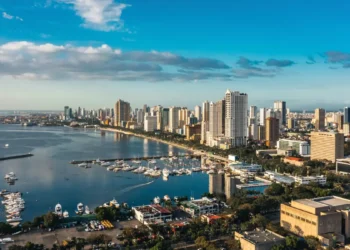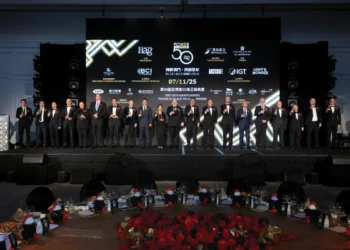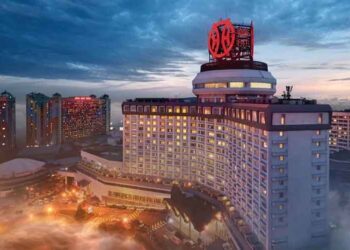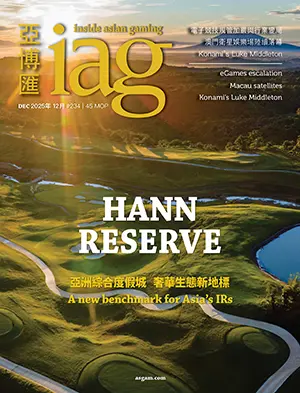News that a Bollywood film producer is negotiating to shoot part of a US$4 million comedy film at The Venetian Macao looks like a heaven-sent marketing opportunity for Las Vegas Sands Corp (LVS).
Like good poker players, LVS management will likely show a negotiating face to the film’s producers that hides their true inner glee at how the cards are falling.
But it’s no secret that LVS Chairman Sheldon Adelson has been actively courting Indian visitors for his Macau properties and for Marina Bay Sands in Singapore, even though anecdotally it seems in Macau not many Indians spend time at the gaming tables or slot machines.
A previous high profile event by the Indian film industry may have played a role in bringing Indian visitors to Macau in general and The Venetian Macao in particular. The International Indian Film Awards were held at The Venetian in June 2009, and received widespread media coverage within India and across the Indian diaspora. In February 2009, Macau received only 1,507 package tourists from India. In February 2010, there were 5,194—a 244% increase year on year. Without access to detailed market research, it’s not possible to confirm that this rise was due directly to the publicity surrounding the film awards.
In the past, sudden rises in visitor numbers from non-core markets (i.e. outside mainland China, Hong Kong and Taiwan) have been linked to other factors such as the launch of new direct air services. There are no direct air services yet between India and Macau, but there is some anecdotal evidence that the film awards event stimulated interest from Indian tourists. An Indian visitor interviewed recently by a Macau newspaper specifically cited the visit of Bollywood stars to The Venetian as his own reason for coming to Macau. The opening of a Macau Government Tourist Office (MGTO) in India may have also helped push up the numbers.
The proposed four-week Bollywood film shoot, ‘Double Dhamaal’ (Double Fun) is a sequel to ‘Dhamaal,’ a comedy feature released three years ago. The plot centres on four “lazy slackers who just don’t want to work” according to producer Ashok Thakeria. In the follow up, the four vie to con each other in a show of one-upmanship.
The movie, featuring other Macau landmarks including Hotel Lisboa and Taipa, could start local production as early as January and provide potentially massive marketing exposure for LVS at minimal cost.
In September this year, 12,210 Indian visitors came to Macau, an increase of 29.8% over the equivalent month in 2009. In the third quarter of this year, according to data from Macau’s Statistics and Census Service, 126,840 visitors from India visited Macau, up 66.4% compared to 76,227 in the equivalent period in 2009.
That growth could speed up if direct air routes are established. The company that operates Macau International Airport has offered rebates on airport service fees to the first airline to offer either direct routes between India and Macau or indirect routes with good connections and good frequency.
Some industry analysts have suggested the Singapore casino resorts would be the first choice of Indian tourists because they are nearer to home. That could be precisely a reason not to choose Singapore. There are fewer bragging rights associated with a trip to a near neighbour than a trip to an ‘exotic’ location.
It’s also worth noting that the 350,000-strong ethnic Indian community resident within Singapore is very stratified. There is a small and rich elite segment, and a much larger low-income group. The latter tend to do the lowest status jobs such as labouring and are effectively looked down on by many Chinese and Malays.
The socio-economic and educational status of ethnic Indians in Singapore is, however, gradually improving. In 1999, only 64.6% of resident Indians in the Singapore educational system were admitted to post-secondary education, compared to 66.4% of Malays and 82.4% of Chinese, according to Singapore’s Ministry of Education. By 2008, Indians had moved into second spot with 89.2% admitted to post-secondary education, compared to 85.5% of Malays and 95% of Chinese. Anecdotally, the social attitudes toward Indian residents of the other ethnic groups still appear to lag behind those changes. Indian tourists and business visitors still need to pre-apply for a visa to enter Singapore, while Chinese passport holders are granted visas on arrival. That kind of atmosphere doesn’t necessarily make for a relaxing holiday if you’re a high caste, high status Indian tourist.






